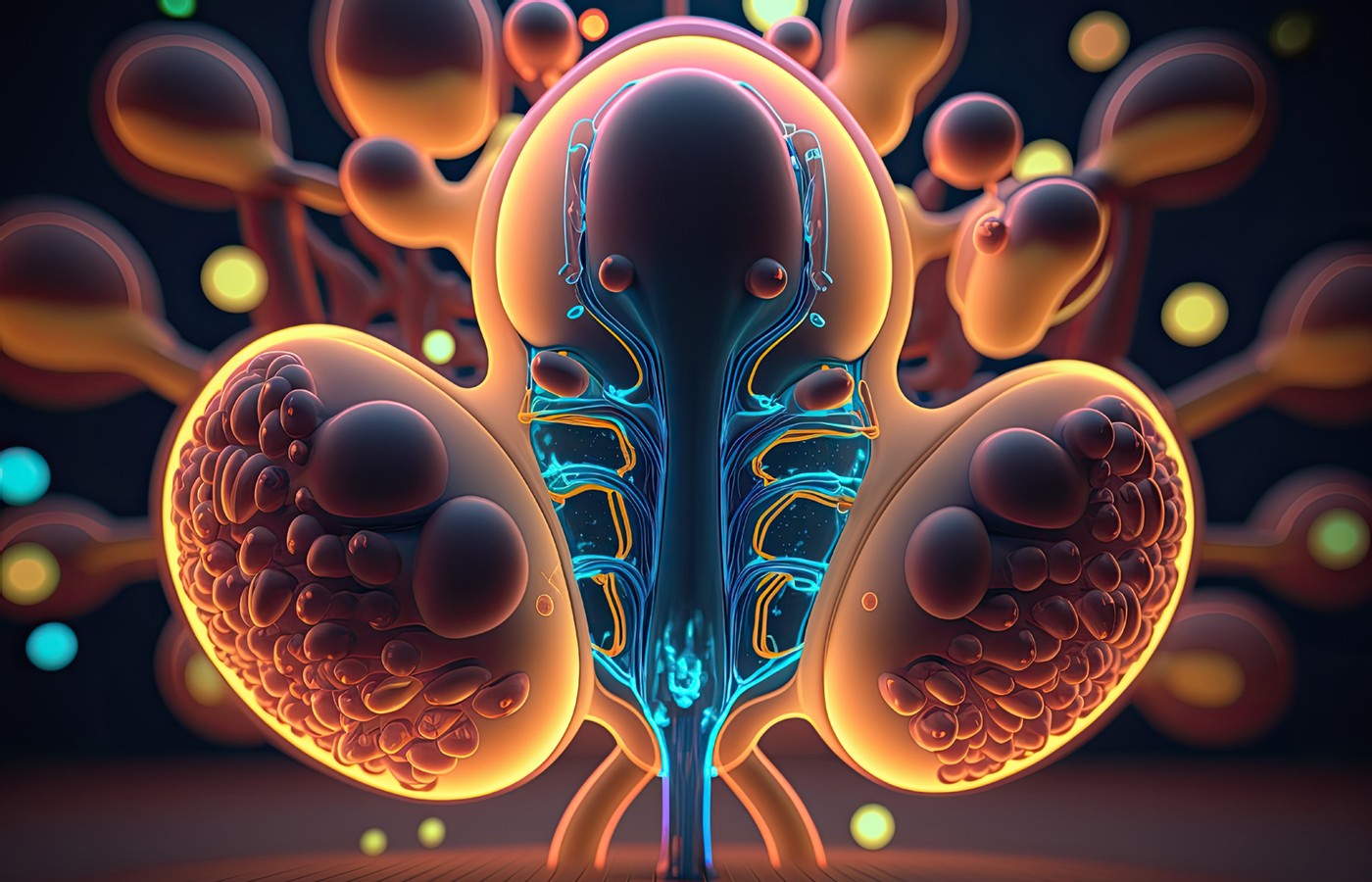Another approach to regulate the Yang Ming / Tai Yin circuit is to use an extraordinary vessel (EOV) approach. EOV treatments can be essential in a long-haul post-viral state, as they can help restore integrity to the body’s energetic system on the deepest level. Various combinations can be helpful; however, combining Chong Mai with Ren Mai is a good place to start, as it can help to regulate the gut (Chong Mai) and the lungs (Ren Mai).
| Digital ExclusiveAcupuncture for Women With Overactive Bladder
- A 2023 research review concludes that acupuncture is effective and safe for treating overactive bladder.
- Treatment courses included a variety of acupuncture points, with SP 6 (Sanyinjiao) the most commonly utilized point. Other popular points: CV 5 (Guanyuan) and KI 3 (Taixi).
- Average treatment time was approximately four weeks, representing 1-3 sessions per week, depending on the study, with average needle retention time of 20 minutes per session.
The most common symptom of an overactive bladder is a sudden, uncontrolled need or urge to urinate; followed by the need to urinate excessively throughout the day and night, independent of fluid intake. In women, causes of overactive bladder are varied, but the common consequence, beyond the physical manifestations, are frustration and embarrassment.
While medications designed to relax the bladder remain a frontline treatment option, research continues to show the potential of nonpharmaceutical options – including acupuncture. Case in point: a 2023 research review that concludes acupuncture is effective and safe for treating overactive bladder.
The research team searched PubMed, Embase and Cochrane Library to for English-language clinical trials (up to April 2022) on acupuncture for overactive bladder. Primary outcome measures were three-day voiding or 24-hour voiding diary; with the Overactive Bladder Symptom Score (OABSS), Incontinence Impact Questionnaire (IIQ-7) and Urogenital Distress Inventory (UDI-6), and other assessment tools used to compare patient baseline status vs. improvement following treatment.
Treatment courses included a variety of acupuncture points, with SP 6 (Sanyinjiao) the most commonly utilized point. Other popular points: CV 5 (Guanyuan) and KI 3 (Taixi). The most commonly chosen meridians for treatment focus: the bladder and ren meridians. Average treatment time was approximately four weeks, representing 1-3 sessions per week, depending on the study, with average needle retention time of 20 minutes per session.
The study authors note three possible mechanisms of action underlying acupuncture’s effectiveness in treating overactive bladder:
- “Acupuncture may reduce spontaneous contractions of the detrusor muscle by regulating ICCs. Cajal interstitial cells (ICCs) are regulators of bladder smooth muscle contractile activity.”
- “Acupuncture may reduce OAB symptoms by modulating nerve growth factor (NGF). The levels of NGF in the urine are a potential biomarker for OAB diagnosis.”
- “Acupuncture may regulate bladder function by inhibiting C-fibers. Bladder C-fibers have an important role in [overactive bladder disorder].”
Source: Wang H, Lei X. Acupuncture for women with overactive bladder: perspective of traditional Chinese medicine and related mechanism. Int J Gen Med, March 2023;2023(16):113-1148. Click here for full-text access.



